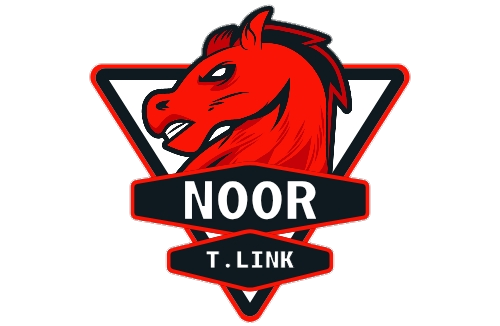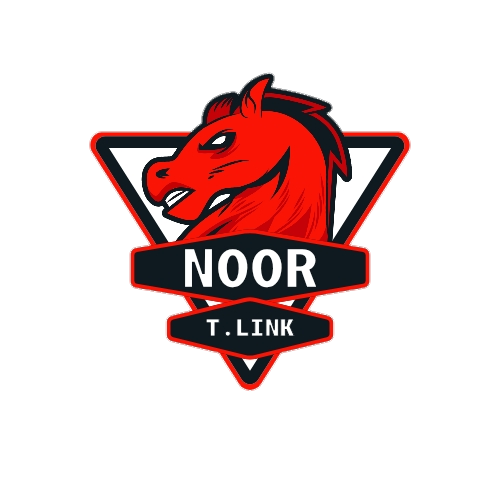Avail, a company focused on modular blockchain infrastructure, has officially rolled out its full Avail Stack, aiming to address major limitations in the blockchain sector—namely scalability, interoperability, and liquidity. The release introduces an integrated platform combining decentralized architecture with seamless cross-chain capabilities, designed to serve both native Web3 projects and traditional businesses entering the decentralized space.
Backed by prominent investors including Founders Fund and Dragonfly, Avail’s latest initiative merges multiple core components—Avail DA, Nexus, and Fusion—into a unified system. This combination facilitates interaction between disparate networks without compromising user experience or decentralization standards. The launch also incorporates next-generation technologies such as Turbo DA, Enigma upgrades, Light Clients, and 10GB Infinity Blocks, signaling a serious push toward mass adoption.
Nexus Enables Seamless Multichain Interaction
Central to the Avail Stack is Nexus, a decentralized layer that bridges different blockchain ecosystems while maintaining a single application environment for users. The system eliminates the conventional need for manual bridging or network switching by reducing cross-chain operations to simple background approvals.
Avail has adopted a “shared infrastructure” philosophy. This means that once a protocol like Uniswap or Aave is deployed on any chain within the Avail ecosystem, all connected chains gain access without requiring additional deployment. This model significantly enhances operational efficiency and reduces development overhead.
For developers, Nexus simplifies the process of building multichain applications. It allows coordinated logic and state management across environments such as Ethereum Virtual Machine (EVM), zero-knowledge (ZK) rollups, optimistic rollups, and sovereign chains. By eliminating the need to rewrite smart contracts for each individual network, the platform accelerates time to market while preserving security and functionality.
— Avail (@AvailProject) June 17, 2025
According to Avail’s leadership, the goal is to prevent repetitive infrastructure development for each blockchain. Instead, the Avail Stack is structured to provide a single integration point that connects applications, assets, and users across various ecosystems. This approach aligns with Avail’s broader vision of horizontal scalability and a unified user experience.
Real-World Adoption and Developer Confidence
Avail’s architectural model is quickly attracting attention from major players in the Web3 space. The Lens Protocol, for instance, has already onboarded over 650,000 users through its dedicated Lens Chain, which leverages Avail’s data availability layer. Similarly, Sophon, a zk-validium network, managed to raise $60 million via a node sale powered by Avail’s Light Clients, highlighting the platform’s cryptographic robustness.
Another project, Space & Time—collaborating with large enterprises such as Microsoft and Google Cloud—is anchoring its zero-knowledge proof system through Avail. This ensures verifiability and trust in data queries, expanding the utility of the stack beyond conventional blockchain use cases.
Currently, more than 50 projects are actively building on the Avail Stack, demonstrating its growing relevance as a foundational technology for scalable, interoperable blockchain applications. These partnerships indicate strong industry validation and suggest that Avail is poised to play a pivotal role in shaping the future of decentralized infrastructure.
By abstracting away the complexities of multichain development and offering tools that cater to both startups and established enterprises, Avail is positioning itself as a critical enabler in the evolution of Web3 systems. The Avail Stack stands not just as an infrastructure offering, but as a strategic framework to unify fragmented blockchain environments under one scalable, decentralized umbrella.



